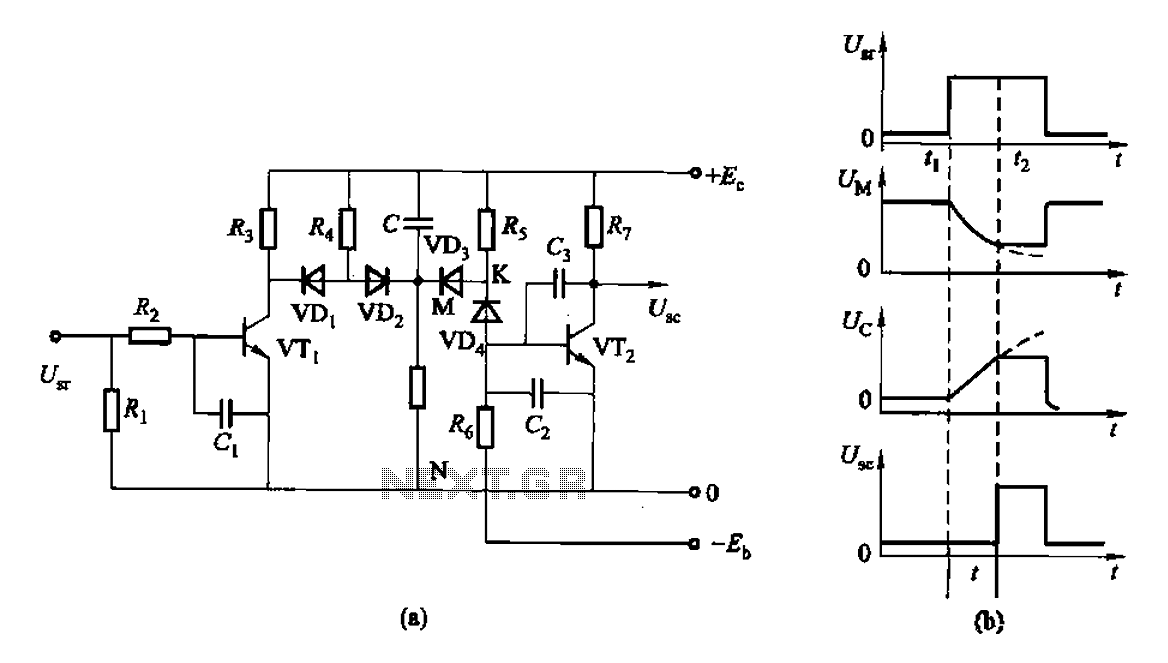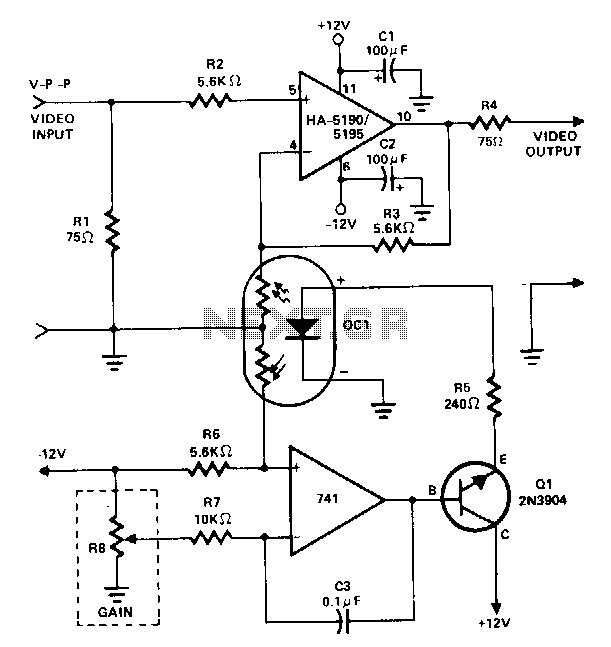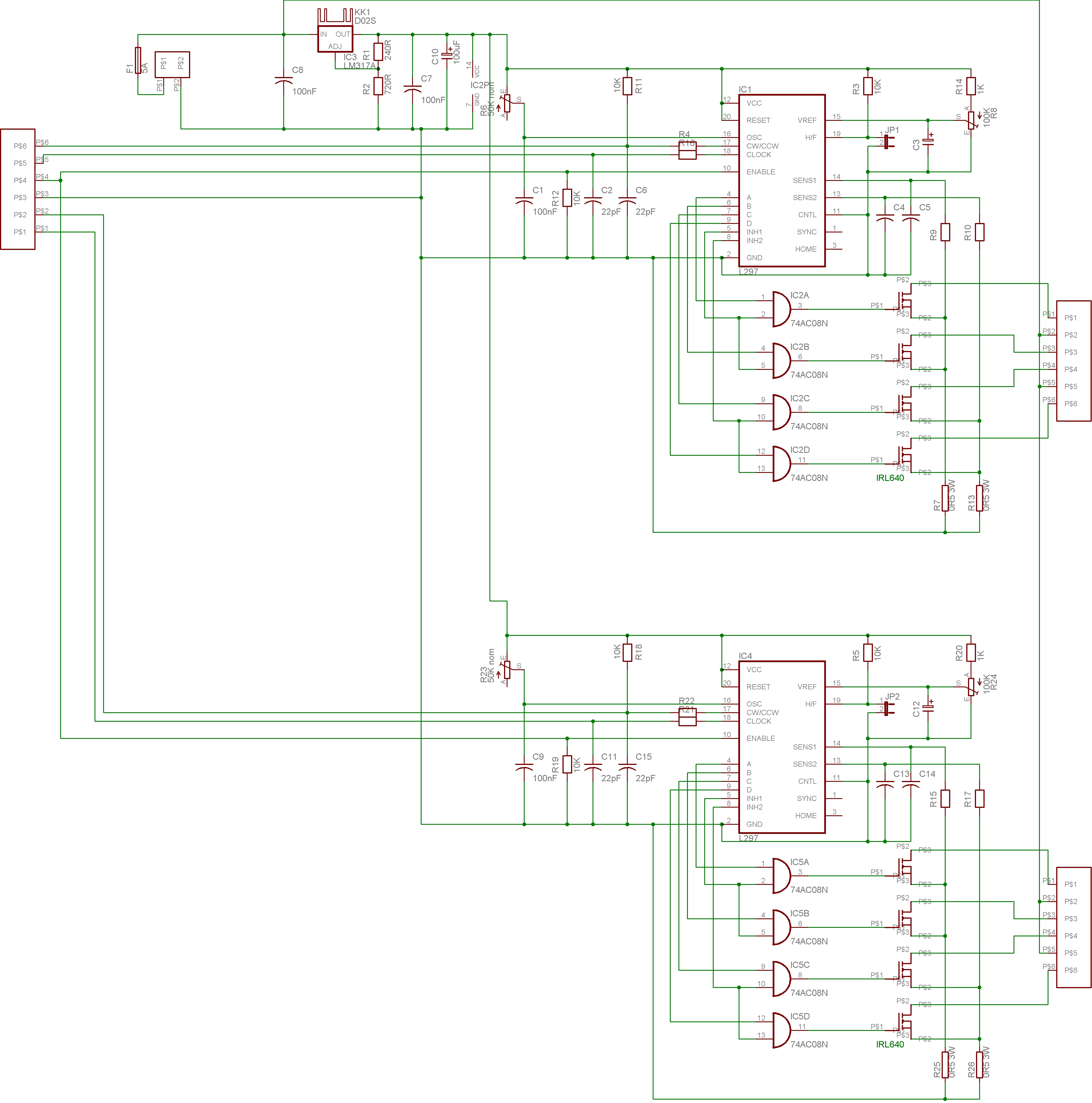
Motor speed control circuits

DC Motor Control Using a Single Switch. This simple circuit allows for the operation of a DC motor in both clockwise and counterclockwise directions, as well as stopping it using a single switch. The circuit utilizes non-latching push button switches for reversing the motor direction. Relays manage the forward, stop, and reverse actions. It is important to note that the motor cannot be switched directly from forward to reverse without first pressing the stop switch.
This circuit design employs a straightforward approach to control a DC motor's direction and operation using minimal components. The core of the circuit consists of a relay configuration that enables the motor to be driven in either direction. The non-latching push button switches serve as the user interface, allowing the operator to control the motor's state with ease.
When the forward button is pressed, the relay is activated, connecting the power supply to the motor in a manner that drives it clockwise. Conversely, pressing the reverse button energizes a different relay configuration, reversing the polarity of the voltage supplied to the motor, thus causing it to rotate counterclockwise.
The inclusion of a stop switch is a critical safety feature. It ensures that the motor must come to a complete stop before switching directions, preventing potential damage to the motor and the circuit due to abrupt changes in direction. This feature is particularly important in applications where mechanical stress could lead to component failure or operational hazards.
The circuit can be constructed using standard components, including relays rated for the motor's voltage and current specifications, push button switches, and a suitable power supply. Careful consideration should be given to the relay specifications to ensure they can handle the inrush current typical of DC motors.
Overall, this DC motor control circuit is an efficient solution for applications requiring directional control with a simple user interface while incorporating safety measures to protect the motor and circuit integrity.DC Motor Control Using A Single Switch this simple circuit lets you run a DC motor in clockwise or anti-clockwise direction and stop it using a single switch, pdf file DC motor reversing circuit DC motor reversing circuit, A DC motor reversing circuit using non latching push button switches. Relays control forward, stop and reverse action, and the motor cannot be switched from forward to reverse unless the stop switch is pressed first 🔗 External reference
This circuit design employs a straightforward approach to control a DC motor's direction and operation using minimal components. The core of the circuit consists of a relay configuration that enables the motor to be driven in either direction. The non-latching push button switches serve as the user interface, allowing the operator to control the motor's state with ease.
When the forward button is pressed, the relay is activated, connecting the power supply to the motor in a manner that drives it clockwise. Conversely, pressing the reverse button energizes a different relay configuration, reversing the polarity of the voltage supplied to the motor, thus causing it to rotate counterclockwise.
The inclusion of a stop switch is a critical safety feature. It ensures that the motor must come to a complete stop before switching directions, preventing potential damage to the motor and the circuit due to abrupt changes in direction. This feature is particularly important in applications where mechanical stress could lead to component failure or operational hazards.
The circuit can be constructed using standard components, including relays rated for the motor's voltage and current specifications, push button switches, and a suitable power supply. Careful consideration should be given to the relay specifications to ensure they can handle the inrush current typical of DC motors.
Overall, this DC motor control circuit is an efficient solution for applications requiring directional control with a simple user interface while incorporating safety measures to protect the motor and circuit integrity.DC Motor Control Using A Single Switch this simple circuit lets you run a DC motor in clockwise or anti-clockwise direction and stop it using a single switch, pdf file DC motor reversing circuit DC motor reversing circuit, A DC motor reversing circuit using non latching push button switches. Relays control forward, stop and reverse action, and the motor cannot be switched from forward to reverse unless the stop switch is pressed first 🔗 External reference





